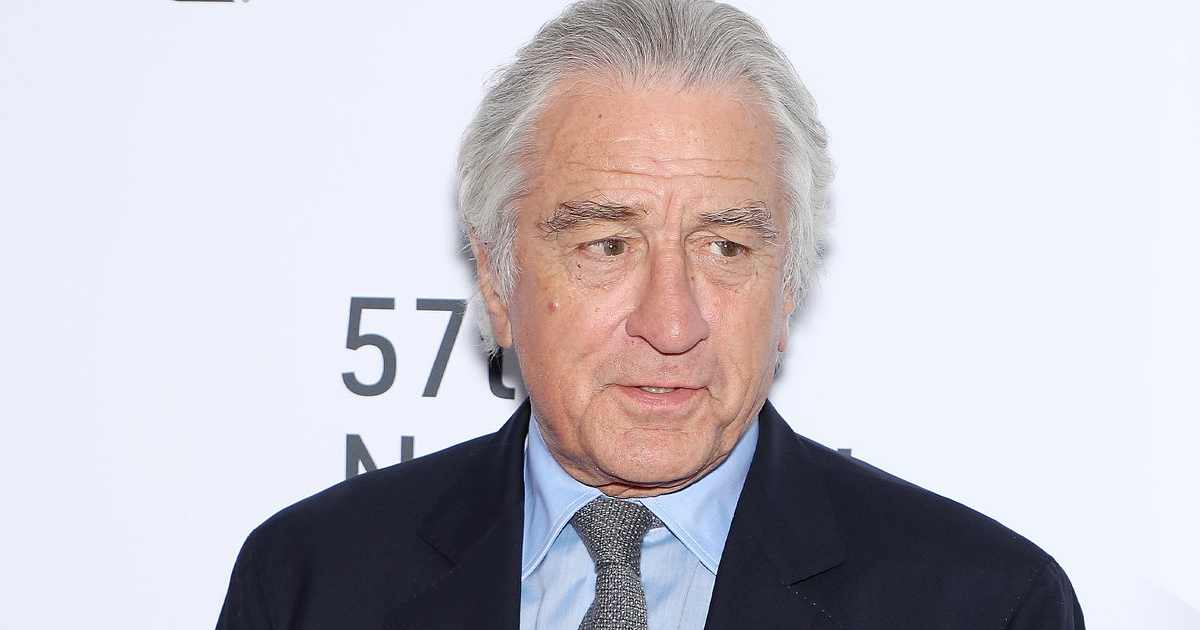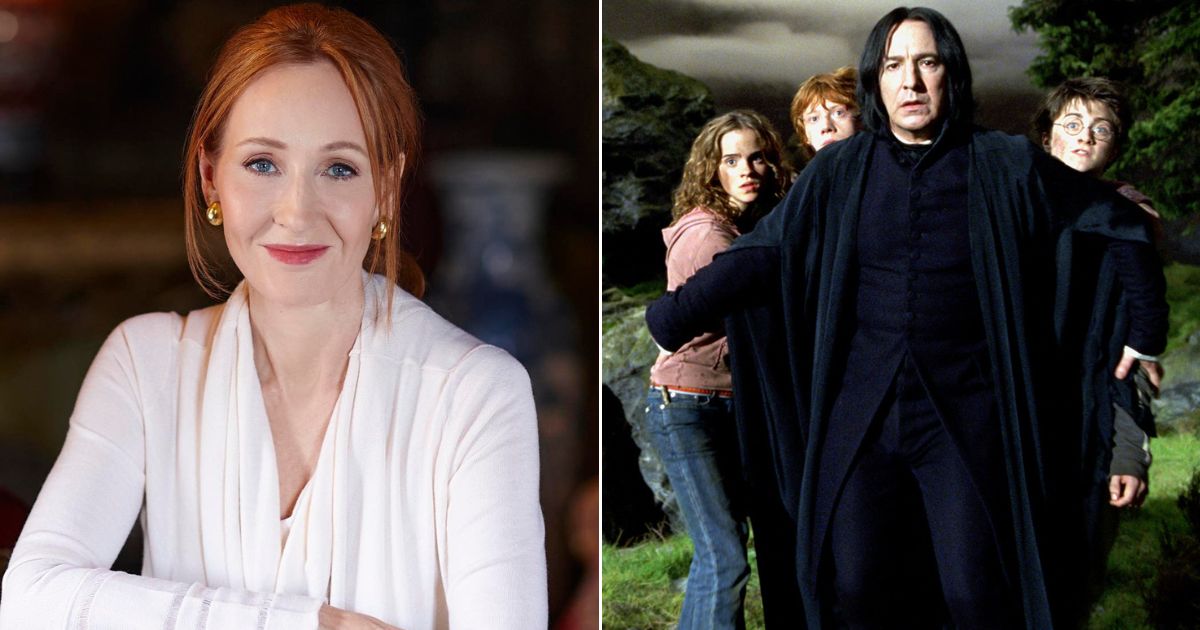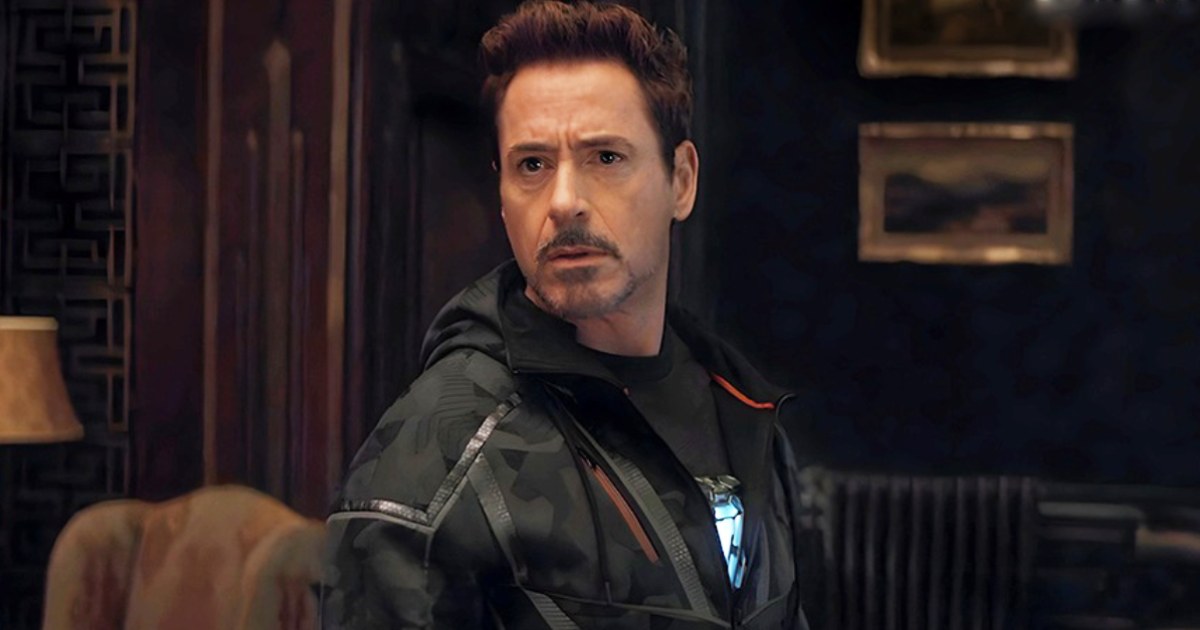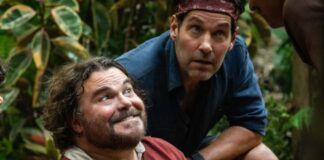
Back when Robert De Niro was just a kid chasing dreams in Lee Strasberg’s method acting classrooms, soaking in the brooding genius of Marlon Brando and Montgomery Clift, the idea of sipping tea with the Taliban in the Afghan desert probably wasn’t on his radar.
The drama school fantasies lean more toward Oscar speeches and curtain calls, not polite chats with people from a war-torn country. Yet, that’s precisely where he found himself years later, in one of those strange twists only a life in cinema can deliver.
The Film That Took Robert De Niro There
The path to that surreal tea party was paved by The Good Shepherd, a film he directed in 2006. Sure, it is not his most celebrated work, but a respectable, layered dive into the murky origins of the CIA, starring a typically subdued Matt Damon and Angelina Jolie.
This wasn’t De Niro’s first time calling the shots either, as he’d taken a swing behind the camera back in ’93 with A Bronx Tale, but The Good Shepherd was different. It was much bigger and more complex, demanding the kind of care and research only someone deeply invested would commit to.
Trending
The Most Surreal Moment In Robert De Niro’s Career
De Niro went all in because to him, research wasn’t just reading scripts and war histories, it meant boots on the ground in Pakistan and Afghanistan. He wanted to see it, feel it, and understand it. When asked about the excursion in a 2007 interview with Uncut, De Niro said, “That was an interesting trip! We met one of the commanders of the local Taliban. We had tea with them, and gave them $200 for a women’s school, which I know they went away and set up.”
However, the meeting itself was strangely civil, and for De Niro, it was an afternoon that seemed more like a diplomatic oddity than a brush with danger. The Taliban even gave them a crash course in how they once outmaneuvered the Russians. Despite the strange detour into diplomacy, The Good Shepherd came together. It became a blockbuster, earning a solid $100 million and nods from critics who appreciated its restraint and intelligence.
“I always wanted to direct,” he said. “Directing is a lot more of a commitment though, a lot more time. This has been a long-haul process.” Robert De Niro clearly had the eye and patience for directing, but the sheer weight of the process might explain why he never returned to the director’s chair after that.
Advertisement
For more such stories, check out Hollywood News
Follow Us: Facebook | Instagram | Twitter | YouTube | Google News



 Follow Us
Follow Us











